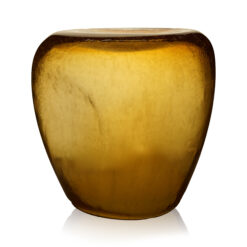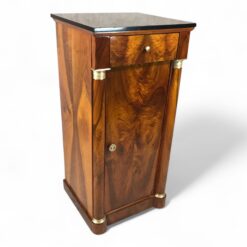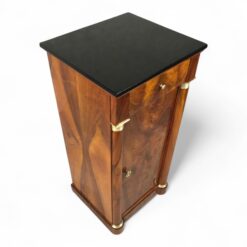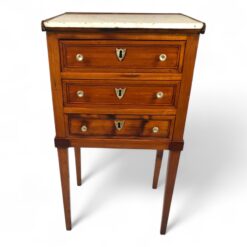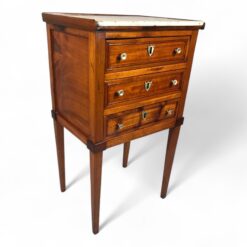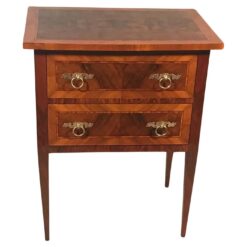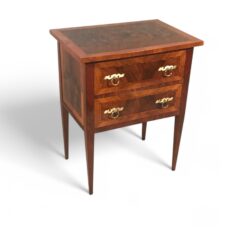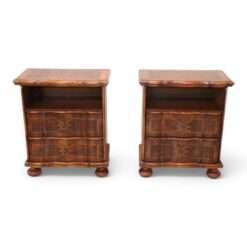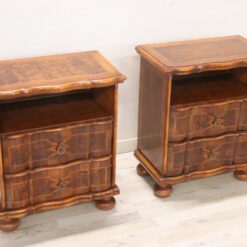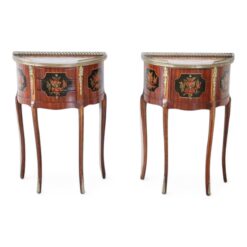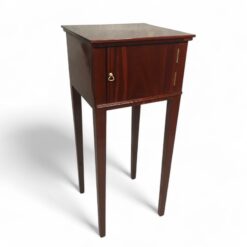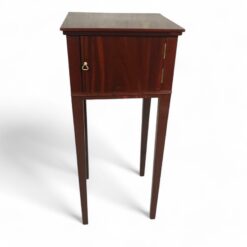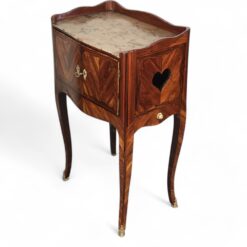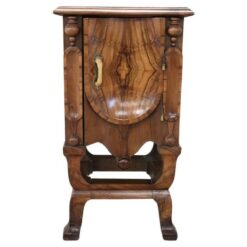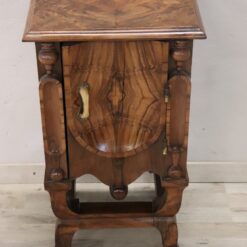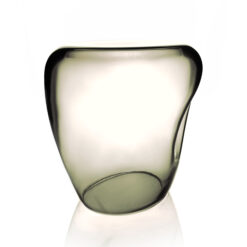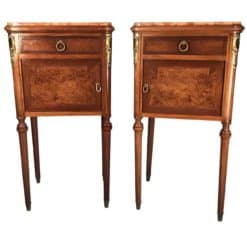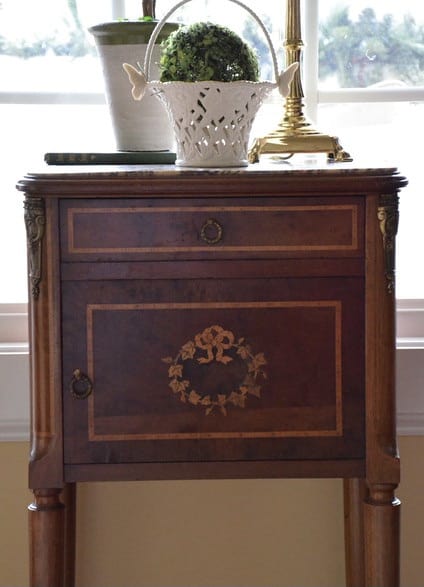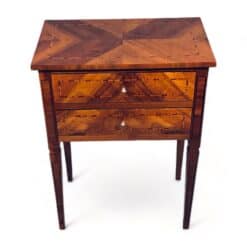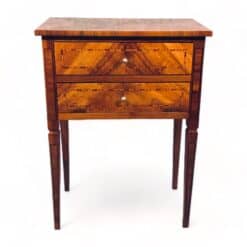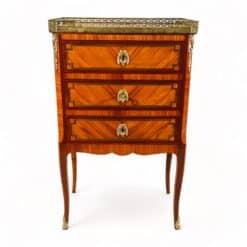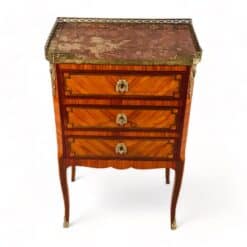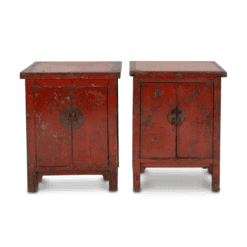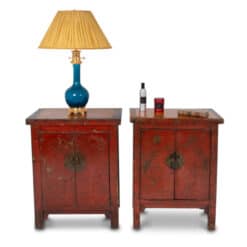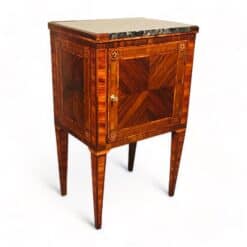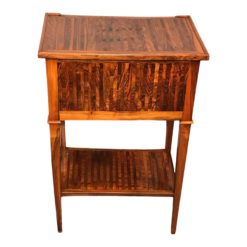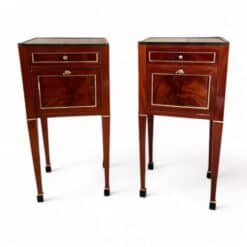Best Sellers
Biedermeier, Furniture, Styylish History
Anything But Sleepy: The History of Antique Nightstands
An antique nightstand might be just what your bedroom needs. Also known as bedside tables, or nightstand end tables, nightstands have a fascinating history and timeless functionality.
From the 19th century onwards, through art deco and mid-century modern, they have served an essential role in the history of homes everywhere. In today’s blog, we will explore how exactly that came to be – and why the nightstand remains an essential fixture in the modern home.
Last week, in our post on antique bookshelves, we explored the evolution of another classic piece of furniture in the context of the product for which it was designed: books. The story of nightstands is, unsurprisingly, the story of beds and bedrooms, of the way people sleep. So let us dive in and explore the most unassuming piece of furniture imaginable.
A Note on Bedside Tables
Bedside Tables are considered the smaller cousins of nightstands. A functional surface for keeping small objects has been a quiet part of households around the world for a long time.
The nightstand is practically synonymous with the bedside table today. But it started as a larger object, a multi-purpose mini-cabinet, as opposed to just a surface. And it evolved for different reasons. The story of that evolution is every bit as fascinating as surprising.
Dirty Origins
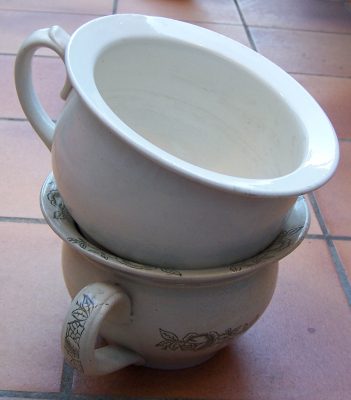
The larger antique nightstand traces its origins back to an unsavory place: the chamber pot. A medieval device that allowed users to follow the call of nature at night without having to find an outhouse in the dark.
Because chamber pots carried certain odors with them, the finer elements of society needed some way to store them. Furniture designers at the time devised the commode as a small side table to place the chamber pot in at night. The original purpose of the nightstand, then, was utterly, grotesquely functional.

Once indoor plumbing became available in major cities, the use of chamber pots fell out of favor. It likely stuck around the countryside for longer. The first building in the world to feature indoor plumbing was the Tremont Hotel in Boston. The practice soon spread – as did the commode, though deprived of its original purpose.
Added Features
Even before the chamber pot became obsolete, the commode had begun expanding. The 18th and 19thcentury upper classes, from France to the United Kingdom to the United States, ordered pieces that furthered disguised the ugliness of the nightstand’s purpose with elegant forms and beautiful features.
Drawers and additional cabinet space had become popular additions to a standard commode. The large door-latched or open space you may find on nightstands today is exactly where the chamber pot would have stood in a commode. In modern times, that area is just an unassuming addition to storage. But its background is anything but unassuming.
Featured Selection from the Styylish Catalogue
Don’t let the term night-stand confine your creative ambitions. The antique nightstands in our collection work perfectly as a side table or an accent table for any room in your house, be it your living room or home office.
Let us walk through some exemplars chronologically, to see style and class distinctions evolve.

A very elegant option in our collection is this beautiful Louis XVI Nightstand. The Neoclassical geometry typical for Louis XVI is abundant in this piece: straight lines and hard right angles combine with elegant wood patterns for an imposing feel – even on a piece as small as this one.
The beauty of a Neoclassicist piece as an addition to a modern home is the certainty of its historicity. While it is easy to make objects seem old, the sheer quality of workmanship on this piece makes it an undeniable original. A functional one, at that.
Like all Styylish pieces, this antique nightstand is meant to be incorporated and used. It is perfect next to a bed with lighter wood tones. But you could also place it in that nook in the hallway that feels empty to you. Or fill that unused corner of your living room. The possibilities for effective decorative combinations are endless.
Other Antique Nightstands, Available Now
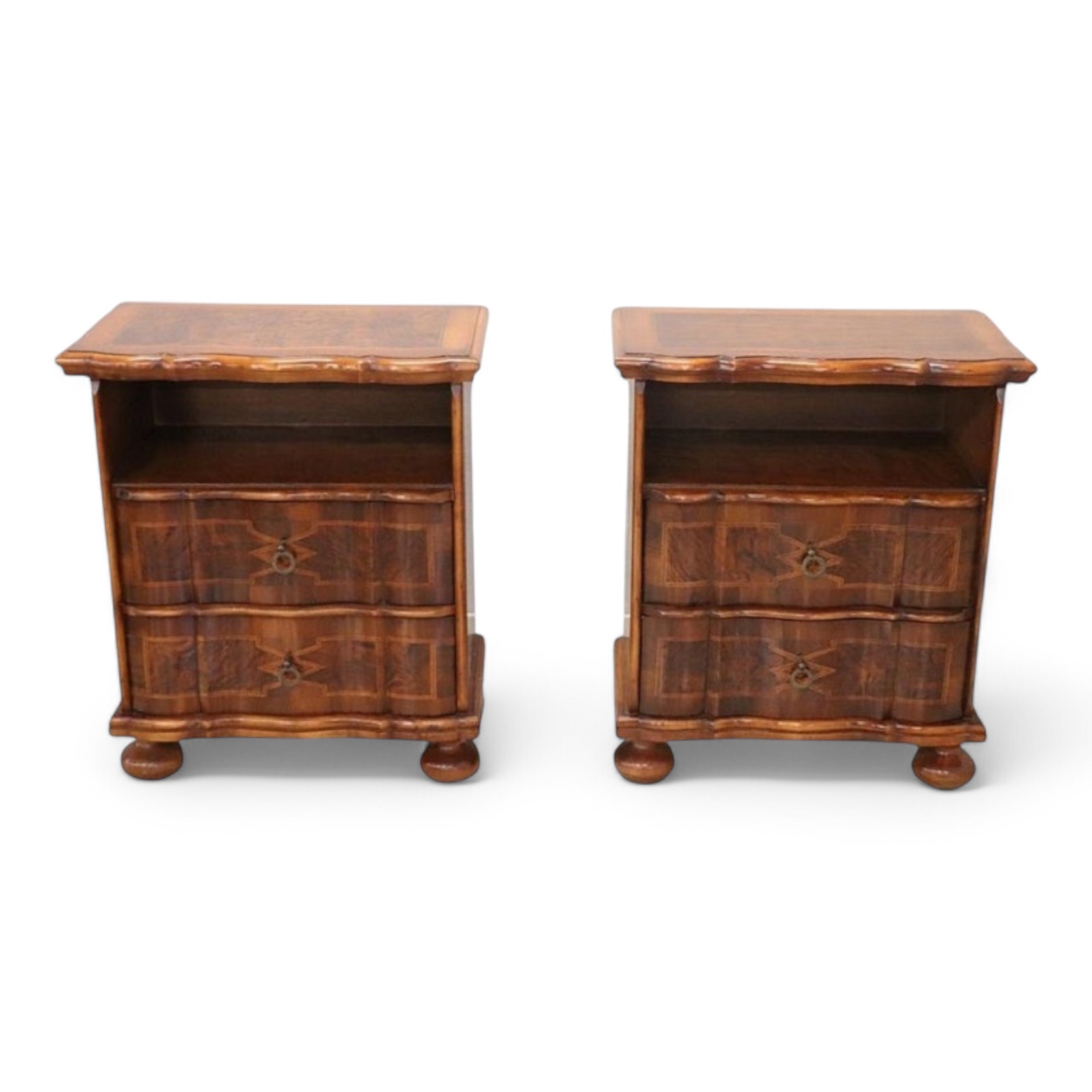
For a very different looking, consider these rustic Italian Baroque Style pair of nightstands. An open shelf fills out the body of both of these pieces, maximizing the dead-of-night storage space you can reach for in the dark.
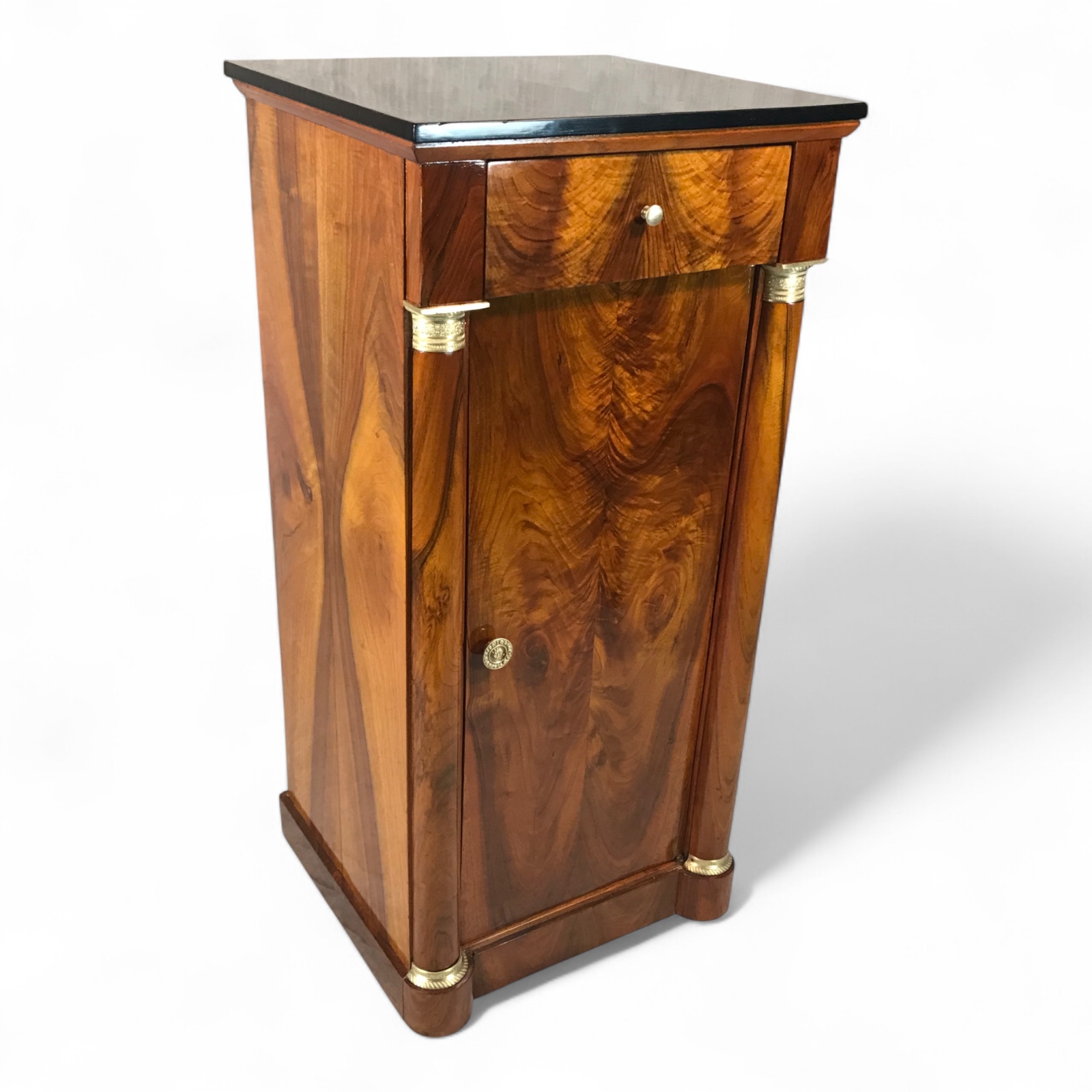
This Biedermeier Nightstand embodies the early 19th century perfectly. The spectacular walnut veneer and the half-column-design with brass decor add a touch of elegance to this unique piece.
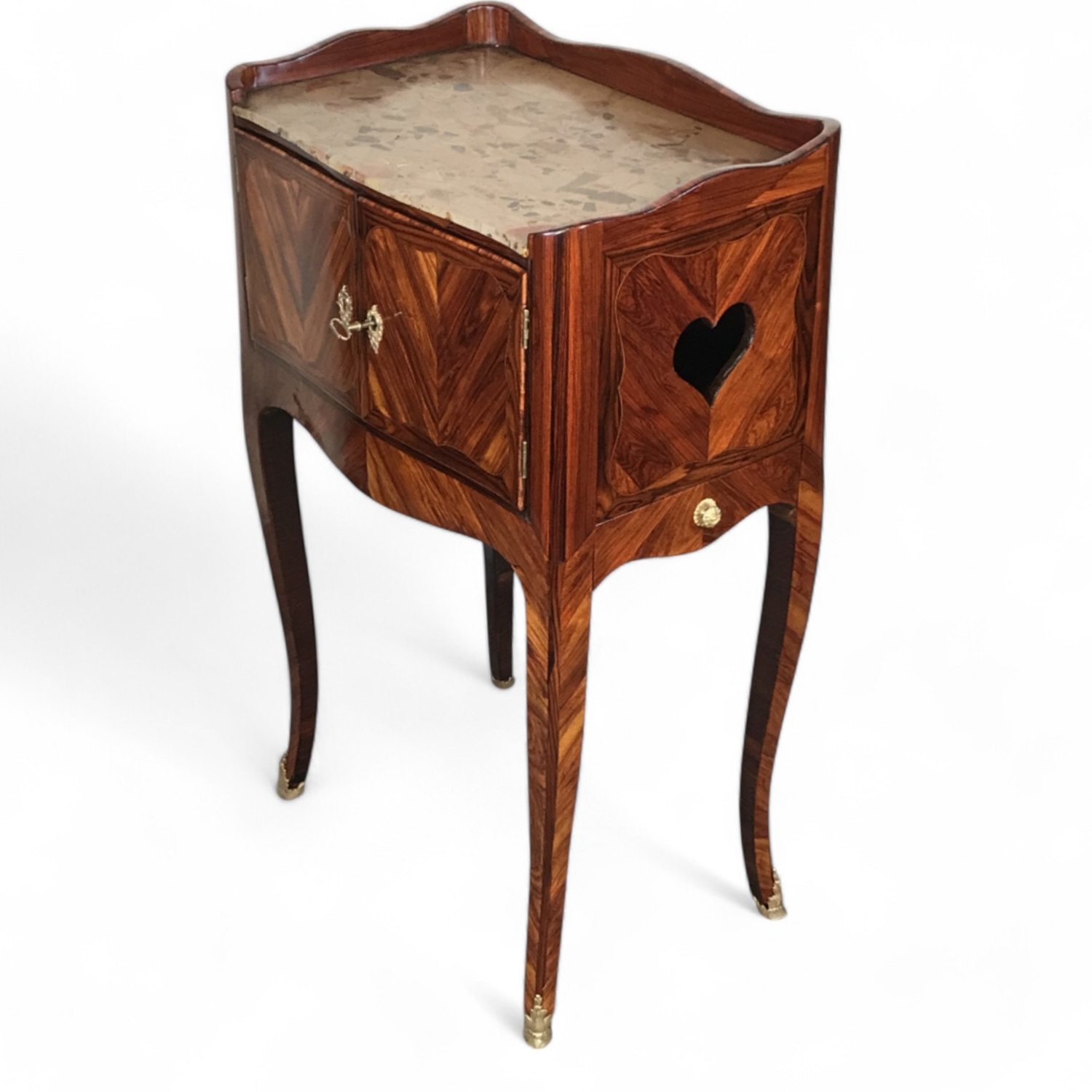
And if you’re looking for a real show stopper, this exquisite French Louis XV nightstand from 18th-century France embodies the timeless elegance of the Rococo era. Crafted with a refined rosewood and kingwood veneer, it features a Brèche d’ Alep marble top, adding both sophistication and durability.
The special feature is the heart shaped opening and the additional small drawer on one side of the nightstand.
Whole Worlds to Sleep By
These nightstands are just the beginning of an ever-growing collection at Styylish. With their rich historical roots and elegant design, they offer the perfect blend of character and craftsmanship to elevate any interior. Embrace the fascinating story of the antique nightstand—and bring a truly unique piece of history into your home today.

